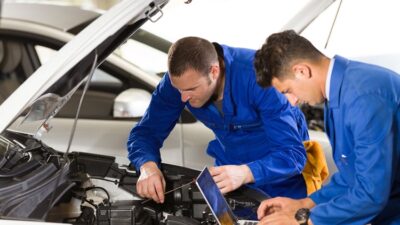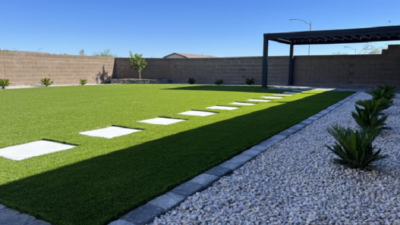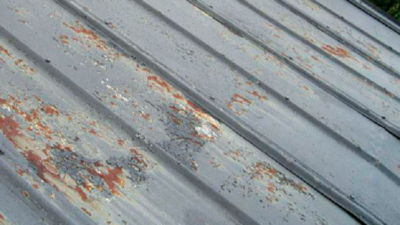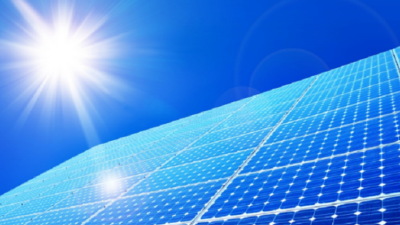Students can give their best in science with good preparation for the subject. Students can perform better in science only if they have a good understanding of every topic. It is where students have to understand the concepts and remember important definitions.
Some tips are given here that can help students to give their best in the class 8 science exam:
Some students try to directly answer the questions given in the book. It is not a good idea. The first thing is to read the chapter properly for understanding the concepts. Then, they should answer the questions given at the back. If students are not able to answer any question after reading the chapter, they can refer to Vedantu CBSE class 8 science notes that can help them to get the answer.
Students should read all the chapters from the NCERT book and they should try to understand the chapter from the NCERT book because enough information is given in the book. Once the students finish reading all the chapters and finish doing exercises they can practice questions from extra books.
Science concepts are easy to understand through pictorial representation. Students should write down a concept in the form of a flow diagram or a pictorial picture. If a particular has different types, a flow chart will help to memorize it easily.
In class 8 science, there are a total of 18 chapters. Students can divide their time and make a schedule for finishing all the chapters in a stipulated time. They should make a timetable and should study according to it. Revising all the chapters 2-3 times before the exam can help students to give their best in the exam.
Chapters in class 8 science
Crop Production and Management
It is the first chapter in class 8 science. In this chapter, students will learn about different types of crops, different practices of crop production, different tools, and modern methods of irrigation.
Microorganisms: Friend or Foe
It is the second chapter and it teaches about the different microorganisms such as bacteria, protozoa, fungi, viruses, and algae. Students will learn about how microorganisms can be useful for human beings and what are the harmful effects of microorganisms?
Synthetic Fibres and Plastics
It is the third lesson and students will learn about synthetic fibres such as rayon, polyester, etc. They will also learn about the properties of different synthetic fibres and how they are produced.
Materials: Metals and Non-metals
It is a very important chapter. Students will learn about different metals and non-metals. They will also learn about the properties of metals and non-metals and they can be differentiated from one another. Students have to focus on the definitions. It is a lengthy chapter and may take more time.
Coal and Petroleum
It is the fifth chapter and it deals with the different fossil fuels which include coal and petroleum. This chapter also teaches how coal and petroleum are formed and why we should conserve fossil fuels.
Combustion and Flame
It is the sixth chapter in which students will learn about combustion and things necessary to produce fire. Students will also learn about the structure of a flame which is the most important diagram.
Conservation of Plants and Animals
This chapter teaches about the impact of human activities on the environment. It tells students why the conservation of the natural environment is important for the survival of living beings.
Cell-Structure and Functions
It is an interesting chapter as it teaches about the basic unit of life that is the cell. Students will also learn about the different parts of the cells and the different structures found inside the cell. Many diagrams are important for the exam. Children should learn the differences between plant and animal cells.
Reproduction in Animals
It is the ninth chapter and it teaches different modes of asexual reproduction. Children will also learn about the life cycle of a frog in detail and what is metamorphosis. They also learn about different types of fertilization.
Reaching the Age of Adolescence
This is an interesting chapter as children learn about different sexual characteristics and hormonal changes that take place in the body during puberty.
Force and Pressure
This is a very important chapter. In this lesson, students will learn about what is force and different types of forces. They will also learn about atmospheric pressure. In this chapter, children will also solve numerical problems based on force and pressure. Therefore, they need to focus more on this chapter.
Friction
Friction is a type of force and this chapter will help children to learn about the advantages and disadvantages of friction in our lives. They will also learn about different types of friction.
Sound
It is the next chapter and teaches about sound and its different types. They will also learn about the different properties of sound. There are many important definitions in this chapter. So, children should understand and learn them properly.
Chemical Effects of Electric Current
In class 7 science, students learn about heating and magnetic effects of electric current and in class 8 science they will learn about chemicals effects of electric current in this chapter. It includes certain chemical reactions and children should practice chemicals reactions by writing them.
Some Natural Phenomena
In this chapter, children will learn about natural phenomena such as lightning and earthquakes. They will understand the science behind how lightning occurs and why do earthquakes occur?
Light
Students will learn more about light and its phenomena in this chapter. They learn a few things about light in class 7 but in class 8 they will learn more interesting things about light.
Stars and Solar System
It is a very interesting chapter. It is a lengthy chapter but students will enjoy doing it. They will learn everything about the objects seen in the night sky such as comets, constellations, etc. They will also learn about different planets and their properties.
Pollution of Air and Water
It is the last chapter and very easy. It gives general information about the sources of air and water pollution and how we can prevent water and air pollution.










Comments